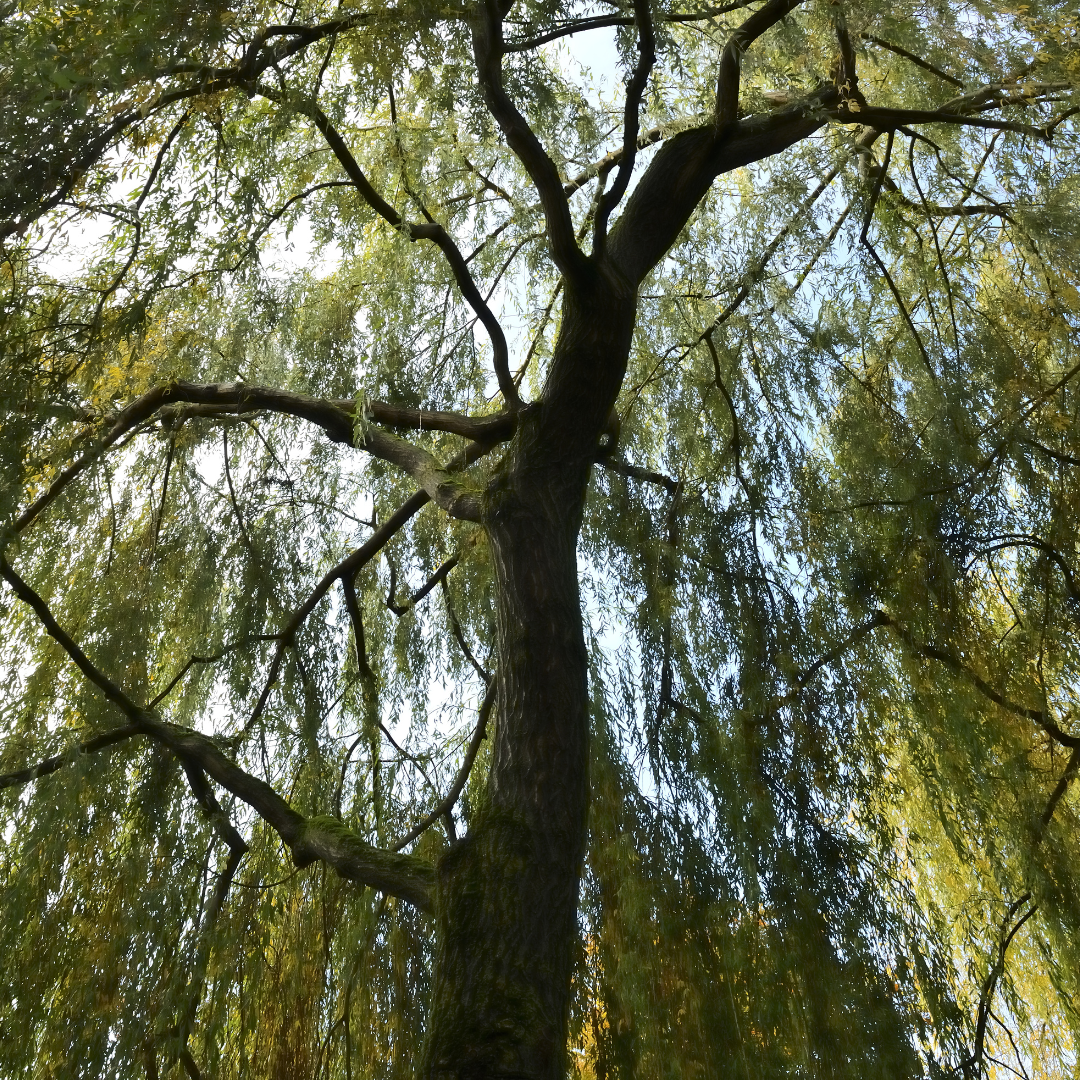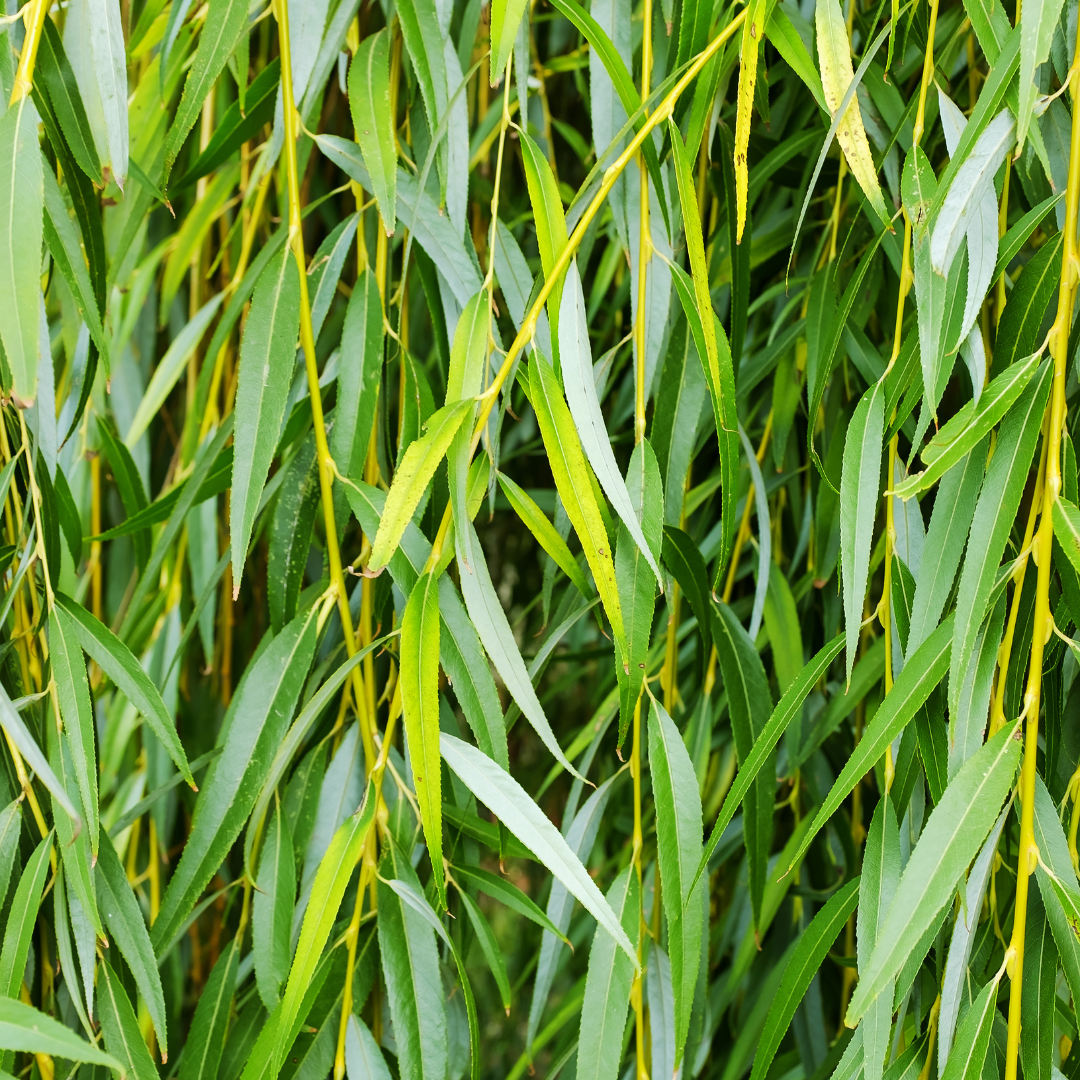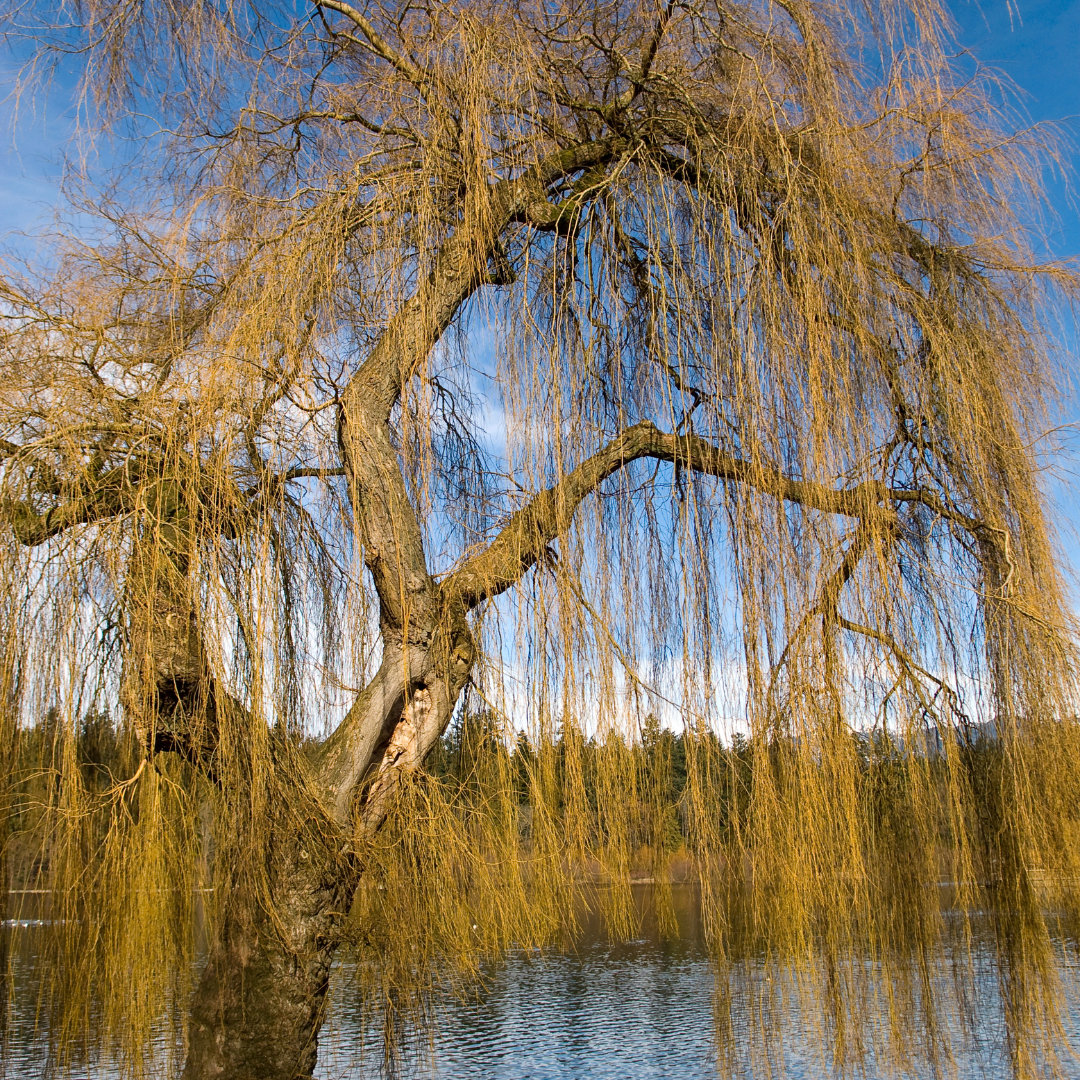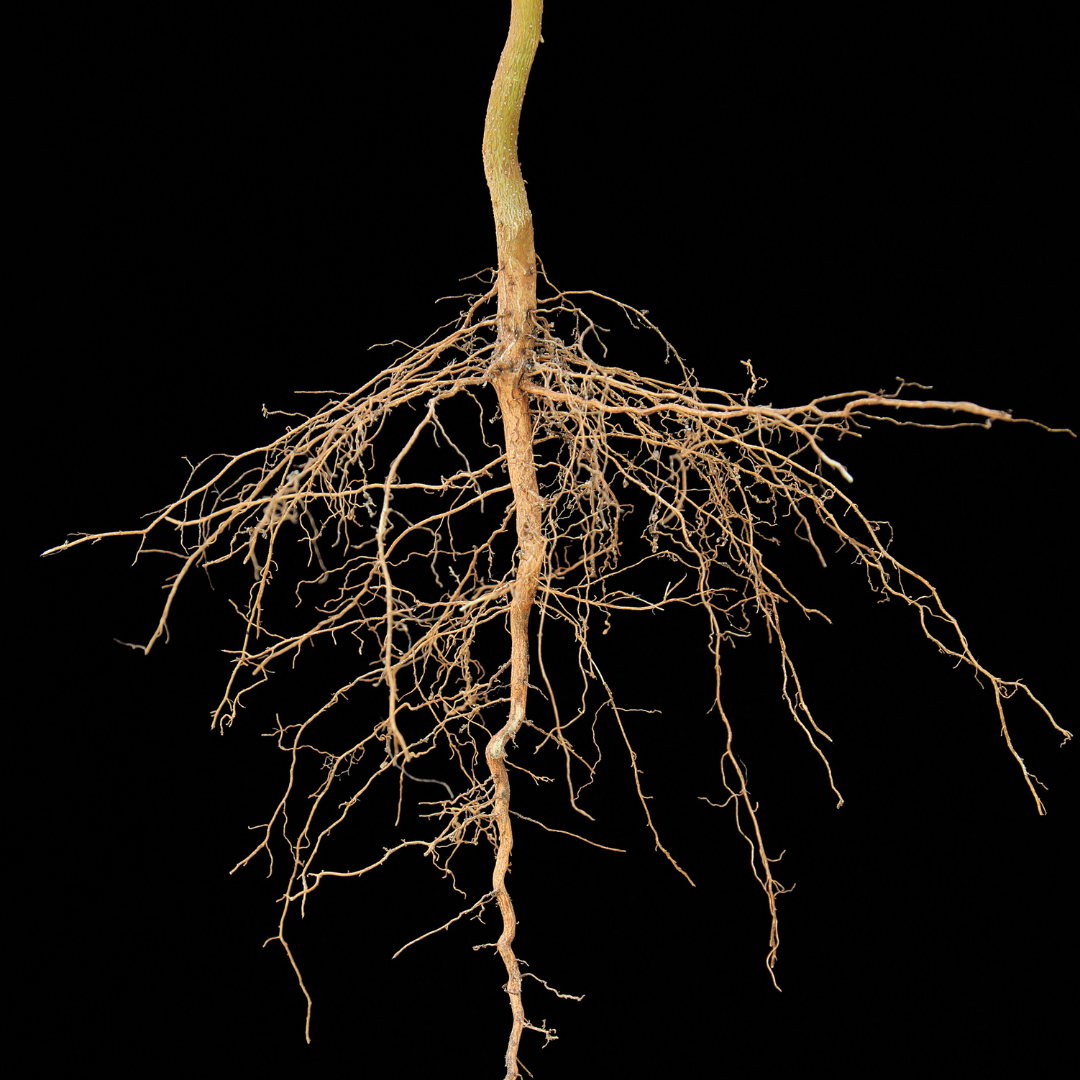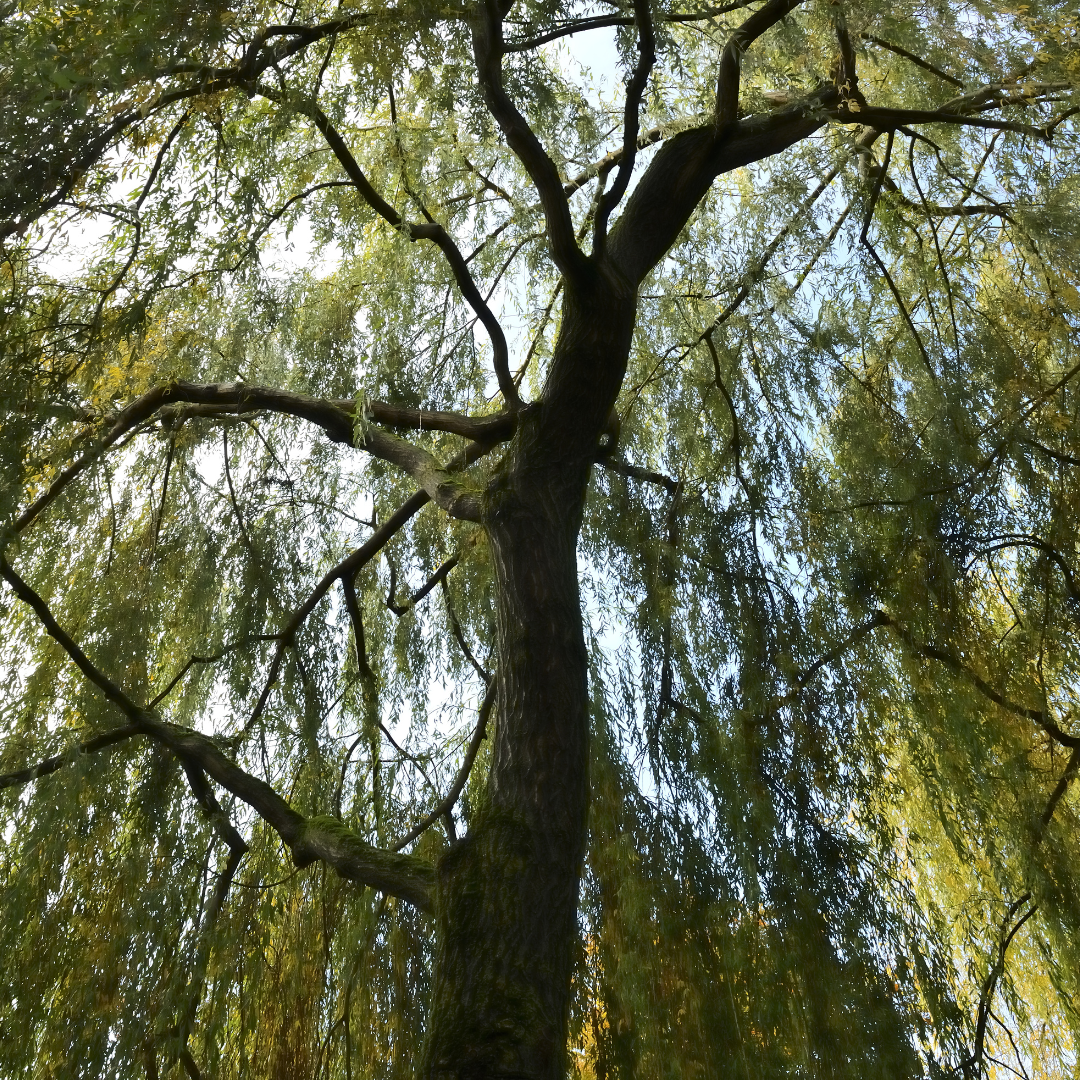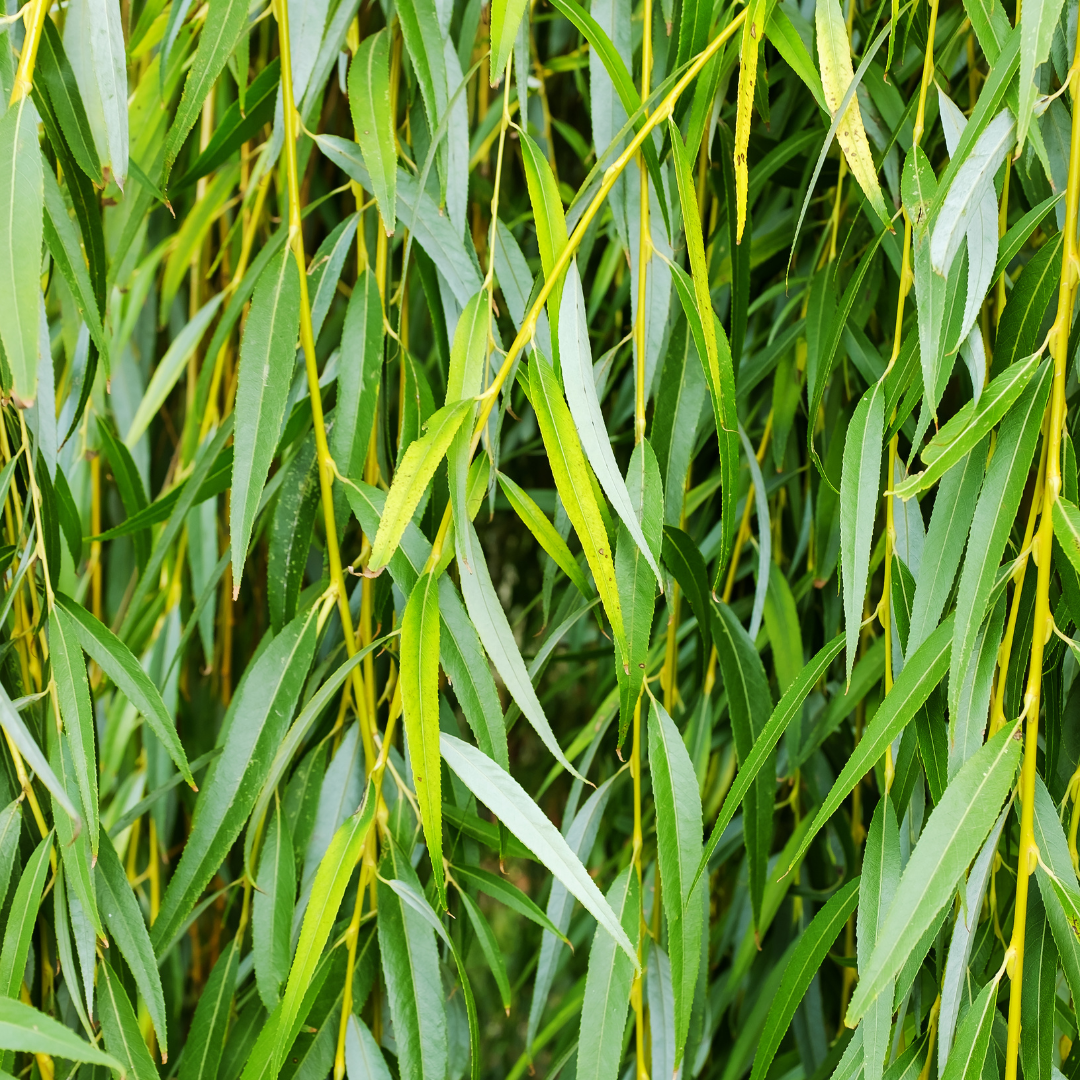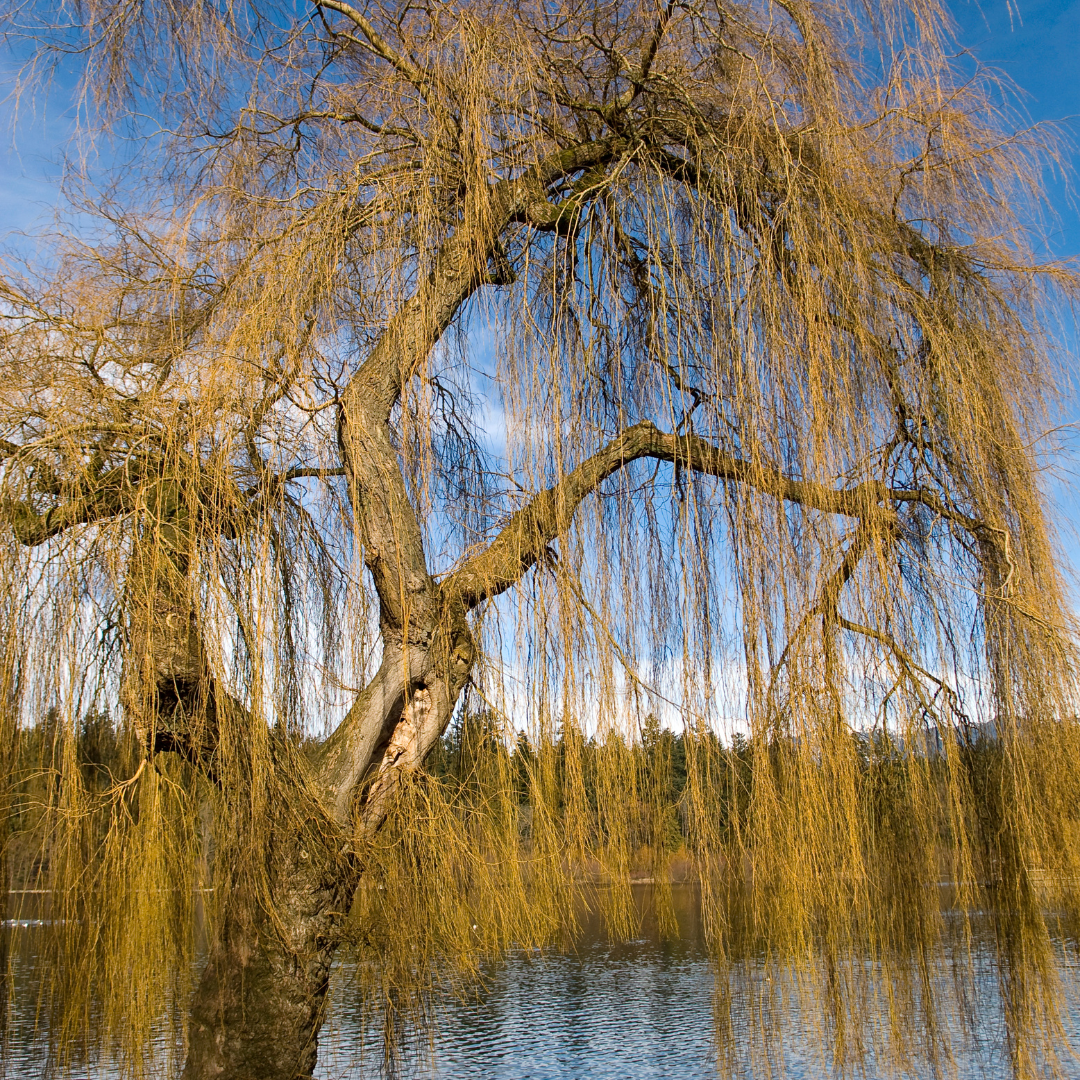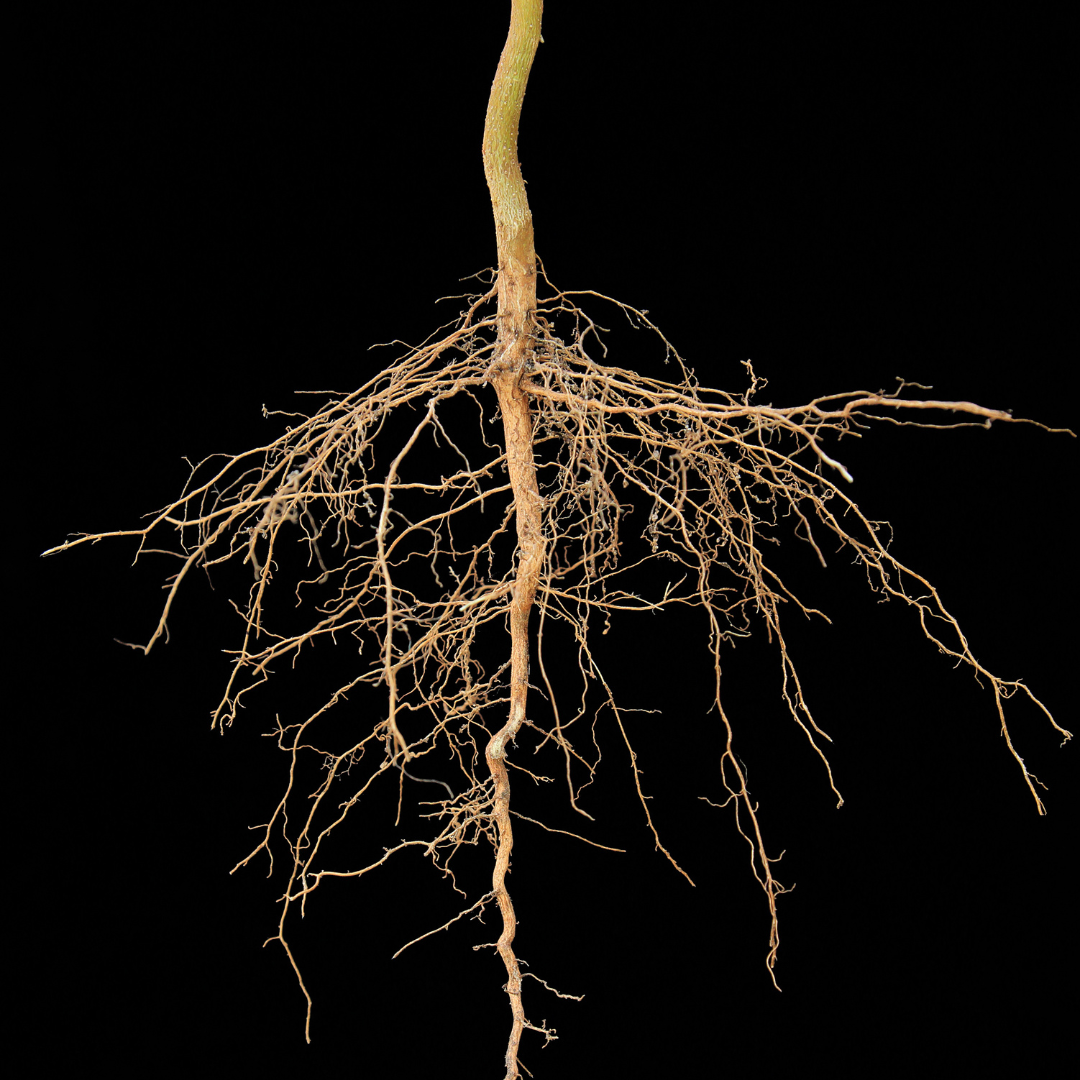Weeping Willow Bareroot
Weeping Willow Bareroot
Couldn't load pickup availability
The Weeping Willow, with its iconic drooping branches and shimmering foliage, stands as a captivating feature in any landscape. Originating from northern China's arid regions, this tree has made its mark globally due to its unique appearance and practical benefits. Its robust root system is known to help dry up wet spots in landscapes, making it an ideal choice for marshy areas. The plant's bark contains a precursor to modern-day aspirin. The tree's flexible branches have been traditionally woven into intricate baskets. Whether you're drawn to its medicinal history, graceful aesthetic, pragmatic uses, or the tranquil ambiance it radiates, the Weeping Willow promises to be a valuable addition to any space.
Scientific Name: Salix babylonica
Hardiness Zones: 6-8
Alternative Names: Babylon willow
Mature Size: Typically reaches heights of 30-50 ft. with a canopy spread of up to 35 ft.
Growing Conditions:
- Origin: Native to dry areas of northern China, but now widespread across many parts of the globe.
- Transplanting: Adapts well when transplanted, ideally in its juvenile stage.
- Sunlight: Prefers full sun.
- Soil: Best suited for moist, well-drained soils but can tolerate a range of soil types.
- Tolerance: Especially tolerant of wet conditions, often found near water sources like ponds, lakes, and streams.
Features:
- Foliage: Graceful, long, narrow leaves with a slight shimmer that sway with the breeze.
- Bark: Typically gray-brown and rough.
- Growth Habit: Recognized for its drooping branches that sweep the ground, giving it a melancholic and romantic appearance.
- Uses: Frequently planted as an ornamental tree for its unique silhouette. Also used for erosion control near water bodies due to its robust root system.
Medicinal Uses:
The Weeping Willow, like many willow species, possesses medicinal properties that have been acknowledged for centuries. The bark of the tree contains salicin, a compound that, when ingested, converts into salicylic acid in the human body. This compound served as the basis for the synthesis of modern-day aspirin. Traditionally, the bark was chewed or brewed into a tea to alleviate pain, reduce fever, and combat inflammation. Beyond its analgesic properties, various cultures have utilized parts of the tree to address ailments such as dysentery and to act as a mild sedative.
Wildlife Attraction:
While not a primary food source, its catkins can provide some sustenance for wildlife. Birds may nest among its branches, and the tree's presence near water often makes it a popular lounging spot for birds and other creatures.
Non-GMO Commitment: At Growing Farmers and The Farm on Central, all our plants are guaranteed non-GMO and not genetically modified in any way, upholding natural breeding methods and promoting sustainable gardening and farming practices.
Conventionally grown
Plant is shipped as a 1-2 ft tall bare-root tree which establishes easily and is economical to ship.
